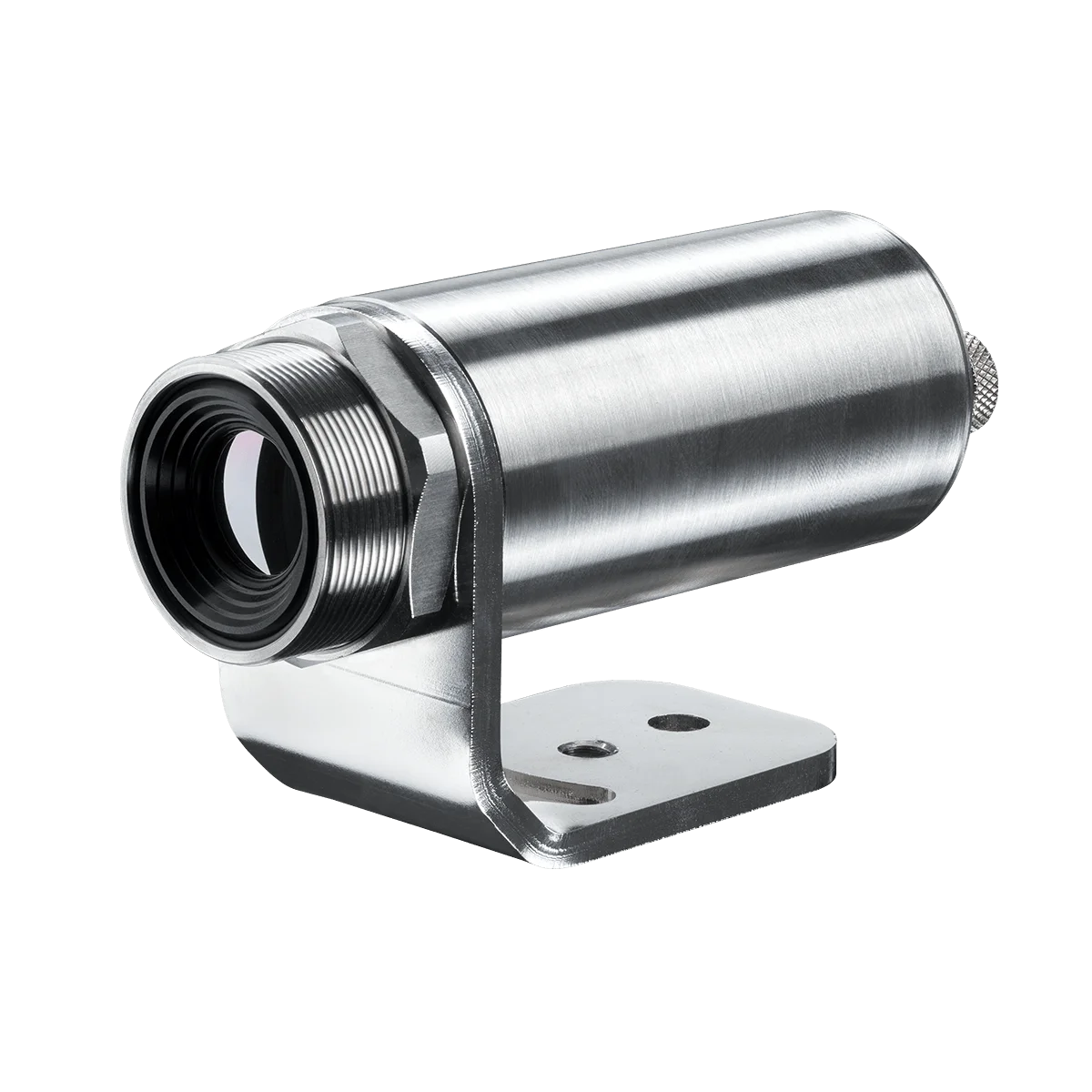Fire Detection: How Thermal Imaging Stops Fires Before They Ignite
Fires don’t simply materialise out of thin air; they build over time as temperatures rise. What if technology could sense these rising heat levels before ignition ever occurs? What if we could predict and prevent fires, instead of detecting them after it’s too late?
That’s where thermal imaging technology, like the Xi 410 LT Camera, steps in. 
The Optris Xi 410 features early hotspot detection and alerts when temperatures surpass a defined threshold, serving as an early warning system against possible fire outbreaks.
In fire detection speed is everything. This proactive approach can be a game-changer in preventing fires before they even ignite.
What’s the purpose of preventative fire detection technology?
It’s a fairly obvious question to ask, but definitely one worth asking. One of the most significant benefits of thermal imaging in fire detection is its proactive approach.
It’s not just about spotting a fire, it’s about identifying rising temperatures that could signal a potential threat. Let’s use Lithium-ion (Li-ion) batteries as an example.
In The News: Hundreds of Battery Fires At Waste Sites Each Year

A report by the Environmental Services Association (ESA) in 2021 unveiled a stark truth. At least 201 waste fires were caused by Li-ion batteries. This accounted for 48% of all waste fires in the UK, costing public services around £158 million per year.
Sadly, this number is now much higher. In November 2023, Spokesman Ben Johnson from the ESA reported: “We see around 700 fires every year, and at least one serious fire every single day due to batteries that have been improperly discarded.”
These fires wreak havoc, causing prolonged environmental damage, releasing harmful gases, polluting water sources, disrupting society, endangering firefighters, and inflicting significant financial losses on waste site operators.
What’s causing Li-ion fires? And what can be done?
Battery fires are caused by damage or crushing when in transit or at waste sites, as well as getting caught in machinery. Once they catch fire, they are almost impossible to extinguish, with some burning for weeks or even months.
Clearly, something needs to change. While initiatives like designated battery waste collections and improved on-site procedures will help over time, a more immediate solution comes in the form of preventative fire detection technology. Such as the Optris Xi 410.
How the Optris Xi 410 Stops Fires Before They Start
The Optris Xi 410 doesn’t just detect fires; it preempts them by continuously monitoring temperatures, alerting if pre-determined limits are exceeded. 
By setting customised thresholds, this thermal imaging camera serves as an early warning system, alerting staff about rising heat levels before a fire starts.
With the ability to pinpoint minute temperature changes in high resolution across large areas, precision detection capabilities are unmatched by traditional alarm systems.
While the Optris Xi 410 excels at preventative monitoring, it also contains multiple fail-safe features, ensuring detection never goes offline. If any software or hardware issues arise within the camera, independent backup alarms are activated automatically.
It captures threats in motion, provides continuous 24/7 surveillance and seamlessly integrates with existing hardware and software. And as the infrared camera operates on ethernet, it benefits from much longer cable connections than similar USB models.
Every minute machines are stopped can cost companies and manufacturers hundreds, if not thousands of pounds. Investing in detection technology can prevent this from ever happening.
By revolutionising fire detection, we can protect what matters most – not just valuable equipment or facilities, but more importantly, human lives.
Fire Detection and Insurance
Investing in advanced fire prevention systems can open up significant insurance advantages for businesses.
With commercial insurance becoming increasingly complex amidst growing threats, insurers prioritise partnering with safety-focused clients. Reduced risk of substantial claims means property owners can negotiate competitive premium rates and more accommodating coverage options.
Essentially, adopting the latest thermal imaging technology is a win-win for both property owners and insurance providers seeking to promote fire resilience.
Get in touch with our team at Process Parameters for more information or to request a quote.

